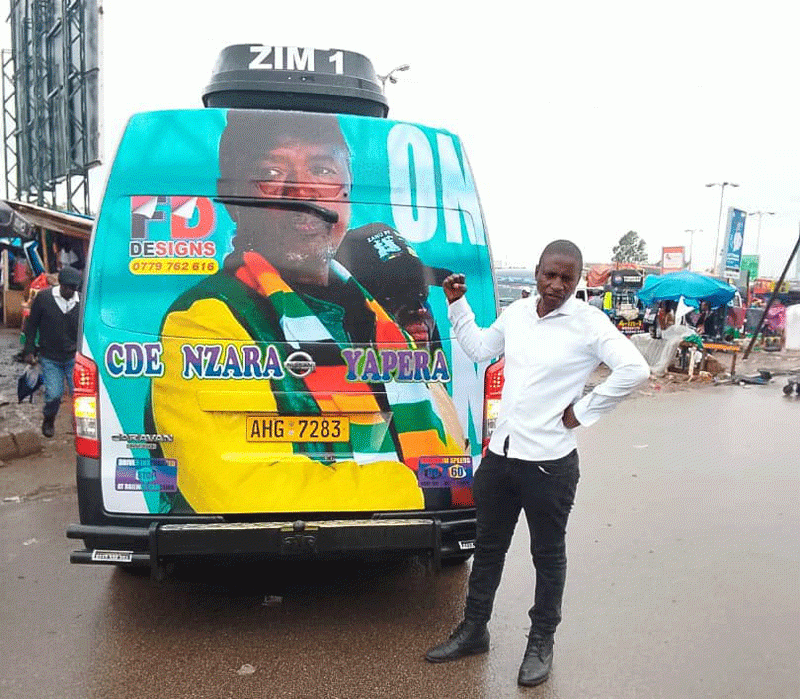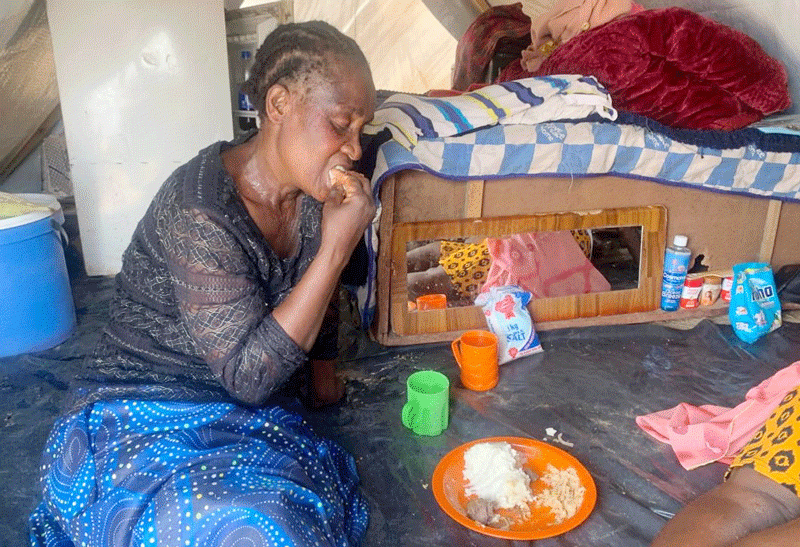
On June 6 as Zimbabwe commemorated the Kamandama Mine disaster, surviving spouses and children of the mine tragedy say they are struggling to make ends meet after losing their loved ones.
Four hundred and twenty seven miners were killed on June 6, 1972 following a suspected gas mine shaft explosion, the worst mine disasters ever recorded in the country.
According to the Hwange Colliery Company (HCCL) website, the mine disaster took place when a series of underground explosions occurred at the Wankie No 2 colliery.
Historical records established that the accident was caused by an underground methane dust explosion and despite the several attempts by the then PROTO teams to rescue mine workers, the fatality of the disaster was such that the mine shaft had to be sealed off.
The disaster took place at the Wankie No 2 Colliery in Wankie, now known as Hwange in Matabeleland North, when several gas explosions ripped through the mine.
Eight men were pulled alive from the mine after the initial explosions.
Two explosions on June 6 poured clouds of poisonous gas into the 4,8 kilometres of tunnels, making further rescue attempts impossible.
Miners drawn from countries like South Africa, Angola, Zambia, Malawi and Costa Rica among other countries died during the mine disaster.
- Spouses, children of Hwange mine disaster victims struggle for survival
- Calls for Kamandama Day grow louder
- Hwange honour fallen miners with marathon
Keep Reading
The mine was immediately sealed, and every year, a commemorative event is held near the site of the catastrophe.
Most of the victims, who were mostly in their 20s and 30s, left young families behind, most of whom were deprived of quality education and decent livelihoods.
Beyond annual commemorations and patronising requiems, the families, predominantly the widows, continue to be neglected by both the government of Zimbabwe and the HCCL.
Dozens of these widows never remarried after being told by HCCL management that they would lose claims including houses if they remarried.
Yet, every June 6, they are invited to the colliery offered little food hampers and transport fares with no medical cover, no habitable accommodation and no allowances to keep going.
Some of the widows, who spoke to The Standard during this year’s commemorations last week, accused the HCCL and the government of neglecting them despite several promises.
The widows argued that their husbands died on national duty, and therefore the government has also an obligation to assist them.
“What pains me most is that my husband and his colleagues died while on a national duty,” said Charity Ndlovu.
“Other countries properly look after the widows of their heroes like these brave miners who died while on national duty.
“We have seen the government assisting widows of our liberation struggle while we are suffering in silence.”
Another widow, Susan Mwembe, said she also lost her husband during the disaster.
Mwembe, who is now 68 years old, said the HCCL used to be very supportive to them.
“Since the disaster, our lives have not been the same,” Mwembe said.
“Of course here and there we used to get assistance from the company, but the situation deteriorated in early 2000 when the company started having viability problems,”
“Things even got worse during Covid time when no one remembered us.”
Due to old age, Mwembe said most of the victims are now suffering from various ailments such as high blood pressure and diabetes.
“Most of us cannot afford medication for our ailments,” she said.
“We are appealing to the company and other well-wishers to assist us with projects to sustain ourselves and our grand- children.”
Susan Phiri, who lost her father in the mishap, said she and her siblings are also struggling to survive.
“I lost my father in the mine disaster when I was only eight years old,” Phiri said.
“Following the death of my father, our mother looked after us by selling vegetables but unfortunately she passed away in 2013.”
Since then, Phiri said her siblings have been struggling.
“We are appealing to HCCL to consider children of the victims of the disaster whenever there are employment opportunities,” she said.
“Some of us have not been employed in our life- time.”
Another widow who relocated to Bulawayo where she is now staying with her daughter said she has been struggling to make ends meet.
“I relocated from Hwange to Bulawayo more than 15 years ago after I was evicted from a house company where I had been staying,” she said.
“I am now staying with my daughter, who is also looking after her family.
“I am suffering from high blood pressure and I need money to buy medication.
“I am now a burden to my daughter and her husband.”
The widows have formed the Kamandama Widows Association to fight for their welfare.
More than 50 widows are still surviving.
Hwange Colliery public relations manager Beauty Mutombe did not respond to questions sent to her.
Deputy Director for communication and advocacy in the Mining Development ministry Wilfred Munetsi also did not respond to questions sent to him via Whatsapp.
*This story was produced with support from the WAN-IFRA Women in News Social Impact Reporting initiative.









